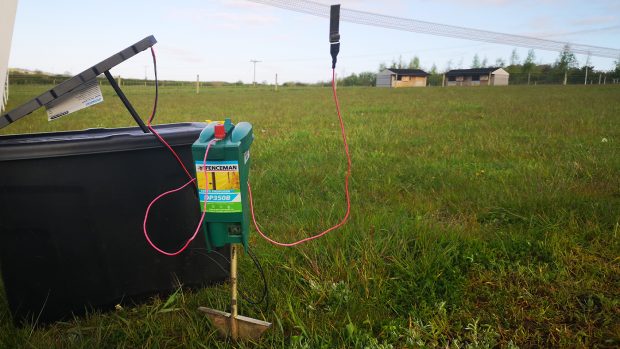Q: What can I do to prevent my paddocks from flooding? The water seems to just lie on the surface and does not drain away. I would appreciate any advice you may be able to give me.
Gavin Strathern, a freelance agricultural contractor and specialist in pasture management, replies: Unfortunately, there is little you can do to stop paddocks becoming wet and poached in the winter.
Some soils naturally drain more efficiently than others — if you live in an area of heavy clay soil, the water can lie on top of the land for a long time. But there are several ways to improve the drainage in your field to encourage the grassland to dry out more quickly, thus reducing damage to your pasture.
- Your land will drain more effectively if surface water has something to drain into, such as a boundary ditch. This needs to be checked and cleared regularly to prevent them from becoming overgrown or blocked by fallen trees or leaves. If possible, check the ditches beyond your boundary to make sure there is not a problem nearby that could be making water collect on your land.
- Another highly effective – though expensive – long-term solution is to have land drains put in by a reputable drainage company. These drains run beneath the surface of your grassland and channel excess water into nearby ditches. Even these drains can become blocked though, so they do require some maintenance. If your land has such drains, you will see outlet pipes sticking out of the ditch banks. After a spell of rain, these pipes should be running. If you suspect that they are blocked, you can hire a machine called a drain jetter to force water through the pipes, removing silt and blockages.
- A cheaper option is to have your land mole-drained, a process in which small drainage tunnels are burrowed under the surface of the soil by an agricultural implement pulled behind a tractor. This can be done by your local farmer or agricultural contractor.
| Click here to subscribe to HORSE magazine, which is packedwith horsecare and stable management features every month |




